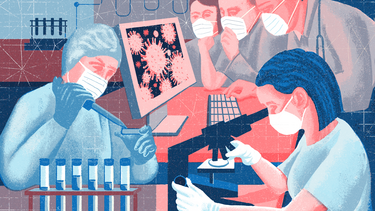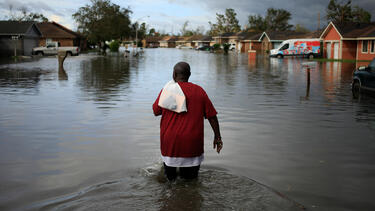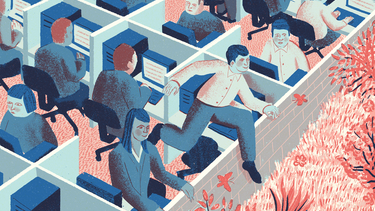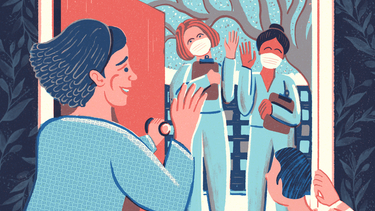Alumni
The Long—Really Long—Buildup
More than 30 years ago, Jeffrey Rudolph ’78 developed a master plan to build the California Science Center into a center of science, learning, and discovery. He’s still working away on it.

Navigating a New Now: Investing in ‘Tough Tech’
A venture fund led by Katie Rae ’97 was providing the patient capital required for breakthroughs on major societal problems like climate change and community health. Then COVID-19 complicated their day-to-day work—and gave their efforts greater urgency.

Can Faith Power Social Change?
A collaboration between the nonprofit Ashoka and Trinity Church Wall Street, launched by Anne Evans ’78, aims to harness the passion among people of faith for making positive change.

Tallying the Social Cost of Carbon
Casey Pickett ’11, director of the Yale Carbon Charge, explains how to put a dollar value on the myriad choices that make up our response to the climate crisis.

Navigating a New Now: Time to Prioritize Company Culture
Laszlo Bock ’99, founder and CEO of Humu, highlights the importance of company culture for keeping workers motivated and delivering results despite the challenges of the moment.

Navigating a New Now: What a New York City Doctor Has Learned During the Pandemic
Dr. Charles Powell ’19, chief of pulmonary critical care for Mount Sinai, says that promising new approaches to research, diagnosis, and treatment have emerged from the devastation.

Navigating a New Now: Prioritizing a Vulnerable Community
Dr. Suzanne Lagarde ’14, CEO of Fair Haven Community Health Care, explains how she adapted vaccine delivery to meet the needs of the community even as the unrelenting pandemic took a toll on her staff.

Is Seattle Prepared for Climate Change?
Ann Grodnik-Nagle ’06, climate policy advisor for Seattle Public Utilities, says that Seattle is focusing on both mitigation and adaptation, prioritizing vulnerable communities of color.

Piloting a California Plant Nursery through COVID, Drought, and Wildfires
Haydi Danielson ’84, co-owner of a commercial nursery in California, discusses leading a family business through the COVID-19 pandemic and the drought and wildfires affecting her home state.

Keeping Community in the Investment Equation
In this series, leaders tell stories about drawing on their core values in critical moments. For Lofton Holder ’90, grounding investing acumen in a connection to community builds trust and delivers returns.

We Need to Acknowledge the Problem of Senior Poverty
Joe Seldner ’84, founder of the Senior Poverty Prevention Project, calls for problem solvers to take on an issue getting little attention.
